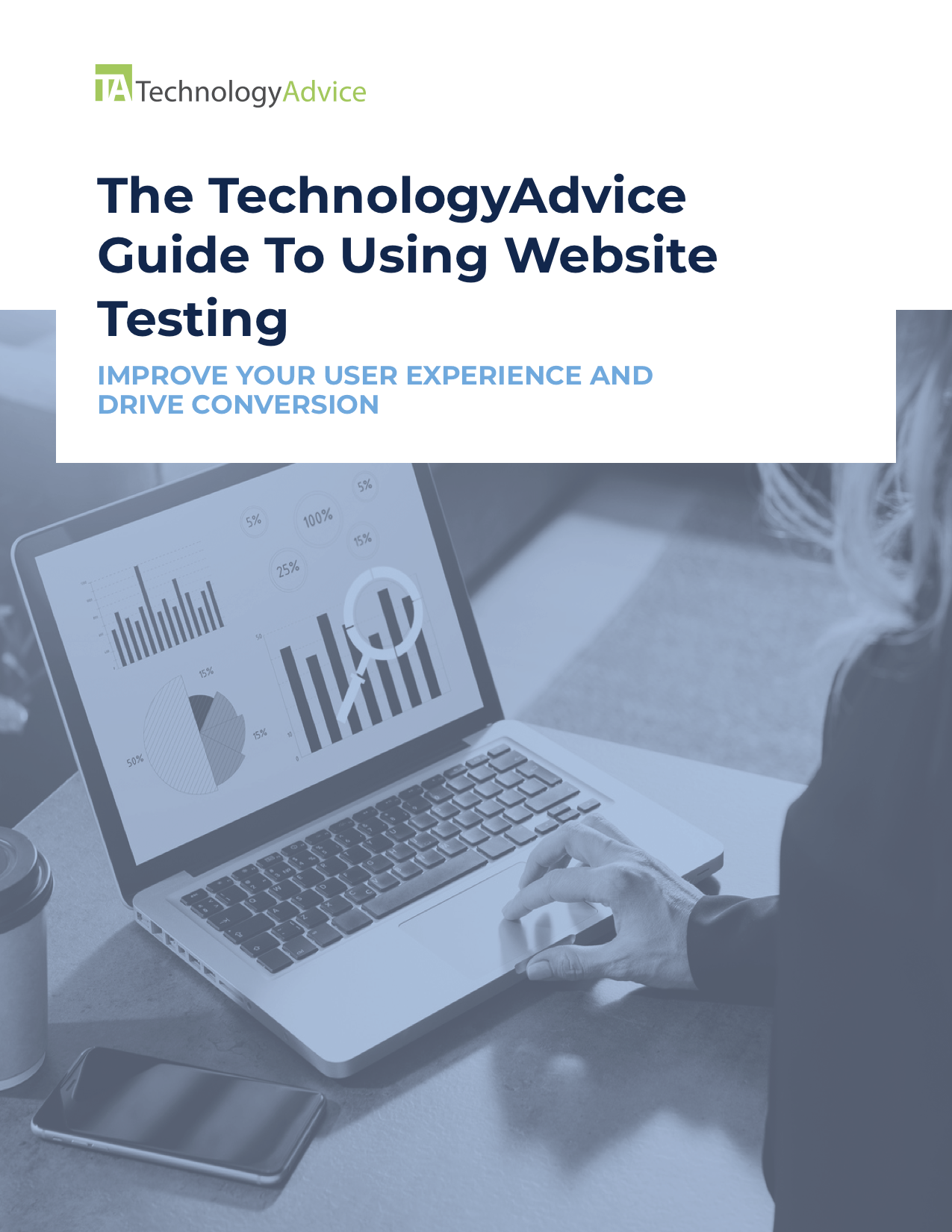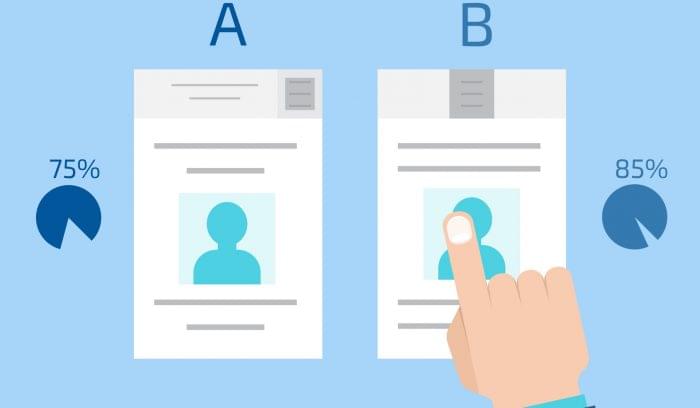As a marketer, how do you know what’s causing some of your pages to convert better than others? Is it simply a matter of people’s interests, or is it something to do with the way a webpage is designed?
To find out, many marketers conduct website testing. Website tests come in a few different forms, but three of the most common website tests are A/B tests, multivariate tests (MVT), and multi-page funnel tests. Marketers choose a type of test to run based on what answers they’re looking for, but other factors such as traffic volume and time constraints also play into their decision.
To help you decide which test is right for your needs, here are our recommendations for when to run an A/B test, an MVT, or a multi-page funnel test.
ALSO READ: 5 Important Customer Interactions You Should Be Capturing On Your Website Or App
A/B Testing (Split Testing)
- Traffic volume: any
- Number of variables: 1-4
Arguably the easiest kind of website test to run, A/B testing seeks to test the effects of one to four variables on page conversion. Visitors to a webpage are shown two different versions of the same page at random, with the original version of the page (A) displayed as the control variable.
The version of the page that you make changes to (B) is used as the independent variable. A change could be any modification to a page element, such as changing a headline, making a “submit” button larger, or moving a lead form to a different location on a page.
Whatever elements on version B you decide to alter, we recommend that you only test a few variables at a time. The more variables you test, the longer the test takes and the harder it becomes to measure any significant effect on conversion.
Multivariate Testing (MVT)
- Traffic volume: medium to high
- Number of variables: any
If you want to test more than four variables, you might want to consider running a multivariate test (MVT). Multivariate testing works the same way that A/B testing does, but MVT allows you to test as many elements as you have on a webpage.
Because you test multiple variables in MVT, this type of testing requires much more traffic than A/B testing and takes longer to deliver statistically significant results. A business of any size probably receives enough website traffic to conduct A/B testing, but smaller businesses should probably refrain from MVT unless they have high web traffic volumes.
Given the number of variables you test in MVT, your motivations behind running this kind of test may also differ from A/B testing. A/B testing seeks to help with tweaking a webpage for better conversion, while MVT essentially tests an entirely new page design.
Multi-Page Funnel Testing
- Traffic volume: high
- Number of variables: 1-4 variables across several pages
As its name implies, multi-page funnel testing looks at several different pages that all fit into a particular funnel. These are extensive tests that can take a long time to run, but a well-executed test can offer highly valuable insights.
Since this kind of testing looks at actions across an entire funnel, it’s best-suited for optimizing the design of several pages so that people will take a certain desired action on a bottom-of-the-funnel page. For example, you might run a multi-page funnel test to see how changing some elements on your website’s homepage and blog affects how many people submit a lead form on a particular landing page.
Multi-page funnel testing is powerful, but given the amount of traffic it requires to deliver statistically significant results, this type of test should only be used by websites that receive a substantial amount of traffic (think websites like Amazon and Twitter).
—
Website testing is a common practice among marketers, UX designers, and even some data scientists, but if you haven’t conducted a website test before, it can be tempting to rush in with a partially-formed plan. Knowing when to conduct a certain type of website test is crucial, but before you start your first test, it’s a good idea to learn more about website testing best practices.
For a deeper dive on how to conduct website testing, download our free white paper below. Featuring detailed information on the three most commonly used website tests, handy resources, a list of useful terms, and more, our white paper will give you the foundation you need to begin running successful website tests.

